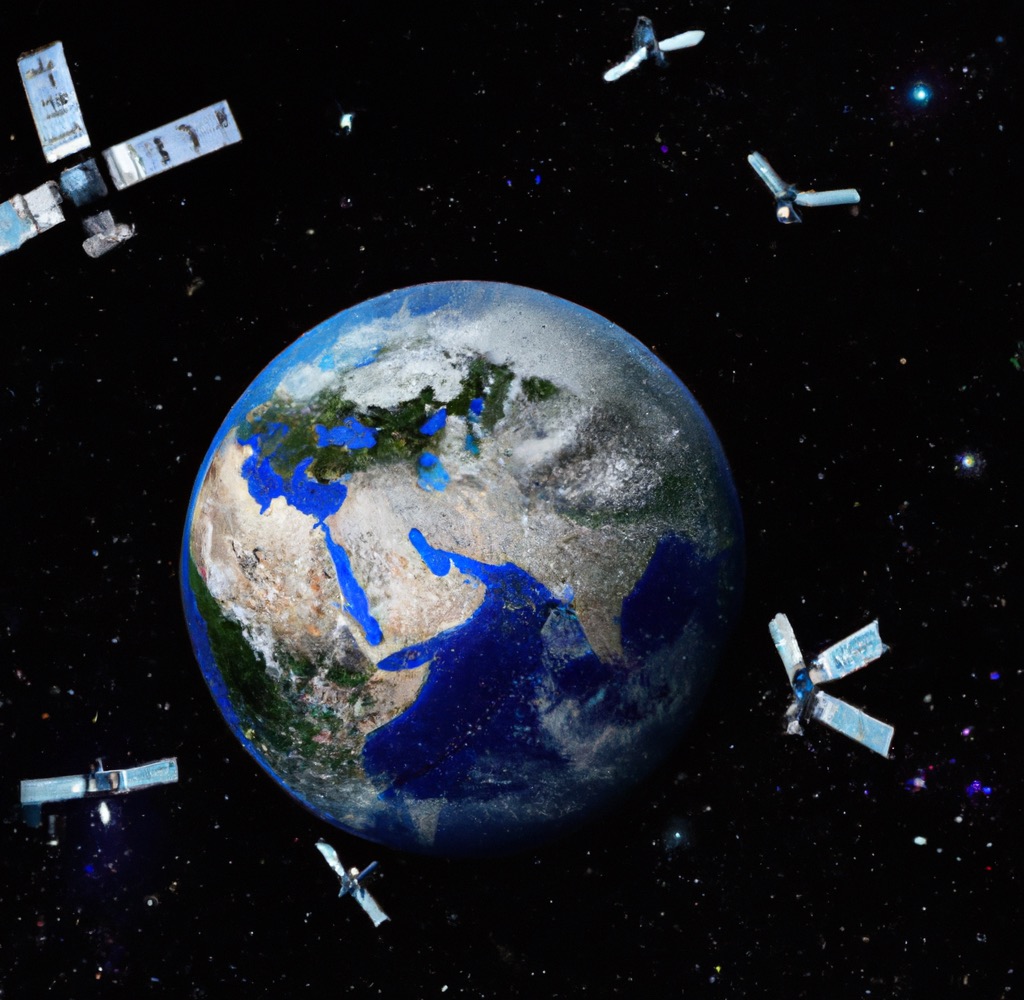Functioning Earth Satellites Now Number 3,700
Majority link weather and communications systems

Written by GPT-3, images by DALL·E 2
In what has been called a “milestone” by scientists, the number of functioning satellites in Earth’s orbit has now reached 3,700. The majority of these satellites are used for weather and communications systems.
This increase is due in part to the growing demand for information and communications services, as well as the need for better weather forecasting. In addition, the number of countries with active satellite programs has grown in recent years.
As of the end of 2000, there were a total of 3,743 functioning satellites in orbit. Of these, 2,038 were classified as “fully operational,” meaning they are actively used for some purpose. The rest are either inactive or outdated.
The majority of operational satellites are used for communications, accounting for 1,170 of the total. This includes both commercial and military systems.
Weather satellites are the second largest category, with a total of 514 in orbit. These are used for both weather forecasting and climate research.
The number of countries with active satellite programs has grown in recent years, with China, India, and Israel joining the United States, Russia, and Europe as major players.
The increasing number of satellites also raises concerns about space junk. There are an estimated 500,000 pieces of space junk orbiting the Earth, and this number is expected to grow as more satellites are launched.
The problem of space junk is likely to become more severe in the future, as it becomes increasingly difficult to avoid collisions with all of the debris that is orbiting the Earth.
This is an AI-generated article created from a futuristic New York Times headline written for Kubrick’s 2001: A Space Odyssey. GPT‑3 wrote the main text from a prompt based on the headline, and any additional fact boxes were prompted using related phrases. DALL·E 2 was similarly used to make the article’s images. The fake ads use AI‑generated photos and slogans.
